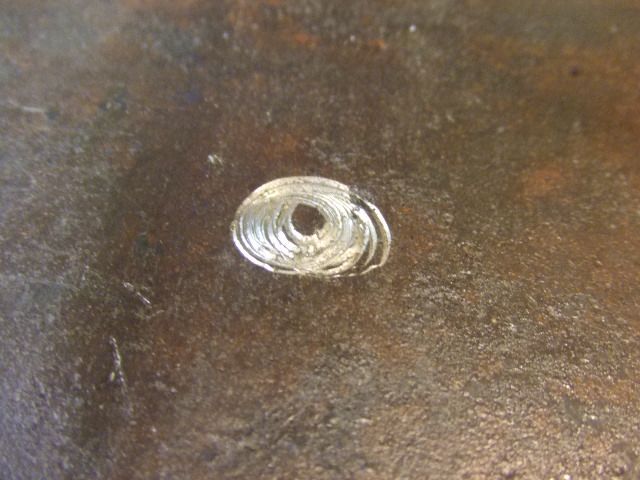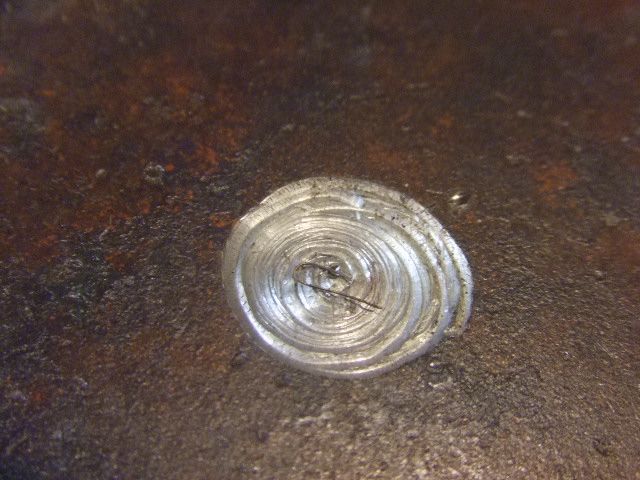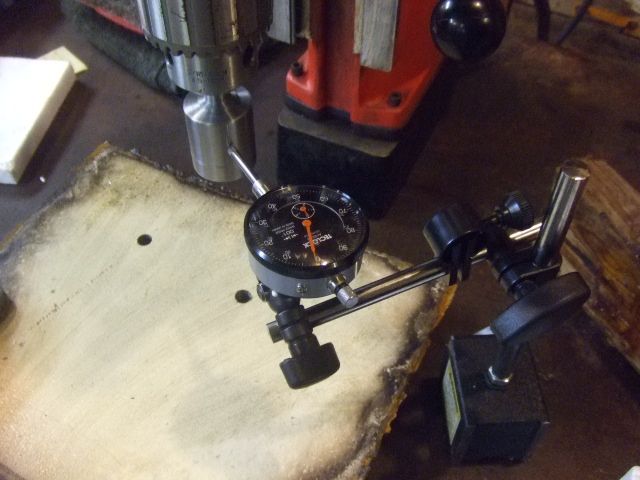I recently picked up a Milwaukee magnetic drill, with the 4203 adjustable base and 4262-1 3/4" chuck. Its worked great so far with standard twist drills, but I have not had any luck using Hougen annular cutters. I picked up a few Hougen 12216 1/2" annular cutters to use on a 5/8" thick welding table, and was able to fab up an adapter to use the cutters with the mag drill.
Here's a pic of the drill:

...and the adapter with the cutter:



I've tried using the setup on a piece of 5/16" (may be as thick as 3/8") steel, and the cutter will begin cutting well enough initially, but suddenly "grab" the material with enough force to physically shift the base on the mag drill. Now, it isn't actually moving the magnetic base, but is moving the adjustable portion of the base. It does the same thing when tried in a decent sized drill press. I am using lubricant, cutting speed is between 250-300 RPMs, and I am not applying too much pressure on the downfeed. The material (and mag drill) is well clamped/attached to a 1/2" thick welding table, and the cutter is brand new.
Here's what the holes look like:


I have no issues using the Milwaukee with standard twist bits, just the annular cutter. Now, I have not tried using the pilot, so I am not sure if this is contributing to the problem or not. The reason I haven't been using the pilot is it only came in today, so I will be using it in my next attempt.
Any suggestions? The bit still looks identical to the others I have, with no damaged teeth, and still feels "sharp". These cutters are simply too expensive to damage, so I don't want to mess them up when I get ready to drill through my other table.
Here's a pic of the drill:

...and the adapter with the cutter:



I've tried using the setup on a piece of 5/16" (may be as thick as 3/8") steel, and the cutter will begin cutting well enough initially, but suddenly "grab" the material with enough force to physically shift the base on the mag drill. Now, it isn't actually moving the magnetic base, but is moving the adjustable portion of the base. It does the same thing when tried in a decent sized drill press. I am using lubricant, cutting speed is between 250-300 RPMs, and I am not applying too much pressure on the downfeed. The material (and mag drill) is well clamped/attached to a 1/2" thick welding table, and the cutter is brand new.
Here's what the holes look like:


I have no issues using the Milwaukee with standard twist bits, just the annular cutter. Now, I have not tried using the pilot, so I am not sure if this is contributing to the problem or not. The reason I haven't been using the pilot is it only came in today, so I will be using it in my next attempt.
Any suggestions? The bit still looks identical to the others I have, with no damaged teeth, and still feels "sharp". These cutters are simply too expensive to damage, so I don't want to mess them up when I get ready to drill through my other table.












